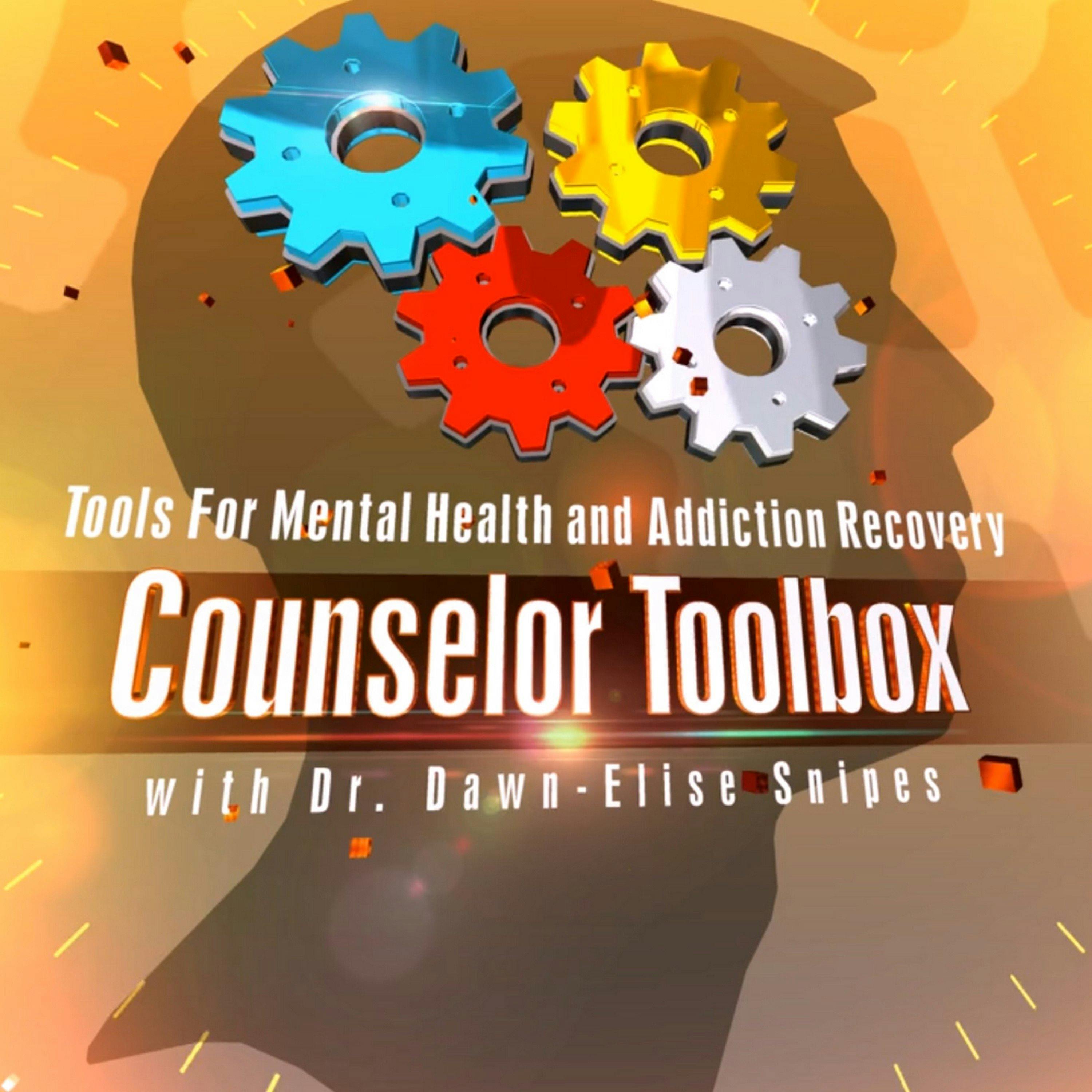Overcoming Adversity_ Resilience Tips Unveiled
Description
Introduction
Presenter: Dr. Dawn-Elise Snipes introduces the concepts of hardiness and resilience.
Hardiness and resilience are essential for coping with stress and bouncing back from adversity.
The goal is to explore ways to strengthen these traits through various psychological tools and practices.
Defining Resilience and Hardiness
Resilience: The capacity to bounce back from challenges, much like a beach ball rising to the surface when pushed underwater.
Hardiness: A psychological toolkit that helps foster resilience, consisting of three components: Commitment, Control, and Challenge (the "Three Cs").
Characteristics of Resilient Individuals
Awareness of Vulnerabilities: Resilient people recognize and minimize their physical, emotional, and mental vulnerabilities.
Secure Attachment: Strong relationships with self and others; reliance on internal validation, not external approval.
Healthy Self-Esteem: They do not depend on others for validation and maintain a positive sense of self-worth.
Self-Awareness: Just like maintaining a car, awareness of personal needs and stress levels helps prevent burnout or breakdown.
Self-Efficacy: A belief in one's ability to influence outcomes and handle adversity effectively.
Hardiness: The Foundation for Resilience
Commitment: Being deeply involved and committed to important aspects of life, like family, work, or personal values, helps in maintaining perspective during tough times.
Control: Focusing on what can be controlled rather than wasting energy on what cannot be changed.
Challenge: Viewing difficulties as opportunities for growth rather than insurmountable obstacles.
Enhancing Resilience
Acceptance: Resilient individuals accept the reality of situations, focusing on what they can control and how to move forward.
Problem-Solving Skills: Flexibility in problem-solving is key to resilience. This includes thinking outside the box when a standard solution isn’t available.
Distress Tolerance: Learning to sit with uncomfortable emotions without acting impulsively is crucial for maintaining balance.
Managing Energy and Vulnerabilities
Energy Management: Like a smartphone battery, energy is limited and must be conserved. Poor nutrition, sleep deprivation, and chronic stress all drain energy, making it harder to bounce back.
Physical and Emotional Stressors: Awareness of environmental, physical, and emotional triggers helps individuals manage their vulnerabilities and maintain balance.
Building Resilience in Everyday Life
Interpersonal Relationships: A strong social support system is crucial, but relationships also require energy. Setting boundaries with others is essential to prevent burnout.
Cognitive Strategies: Resilient people practice optimism, avoid catastrophic thinking, and focus on practical, positive problem-solving.
Conclusion
Resilience is not about eliminating stress but learning to manage it effectively.
With awareness, acceptance, and the practice of problem-solving, individuals can enhance their ability to bounce back from life’s challenges.
The PIECES model (Physical, Interpersonal, Emotional, Cognitive, Environmental, and Spiritual) helps guide a comprehensive approach to resilience-building.
Learn more about your ad choices. Visit megaphone.fm/adchoices
More Episodes
Learn more about your ad choices. Visit megaphone.fm/adchoices
Published 11/21/24
Published 11/21/24
Introduction
Presenter: Dr. Dawn-Elise Snipes discusses helping families navigate life transitions using the Flower Empower Model.
The focus is on understanding how various transitions impact both individuals and families, emphasizing the importance of supportive partnerships between...
Published 11/19/24


